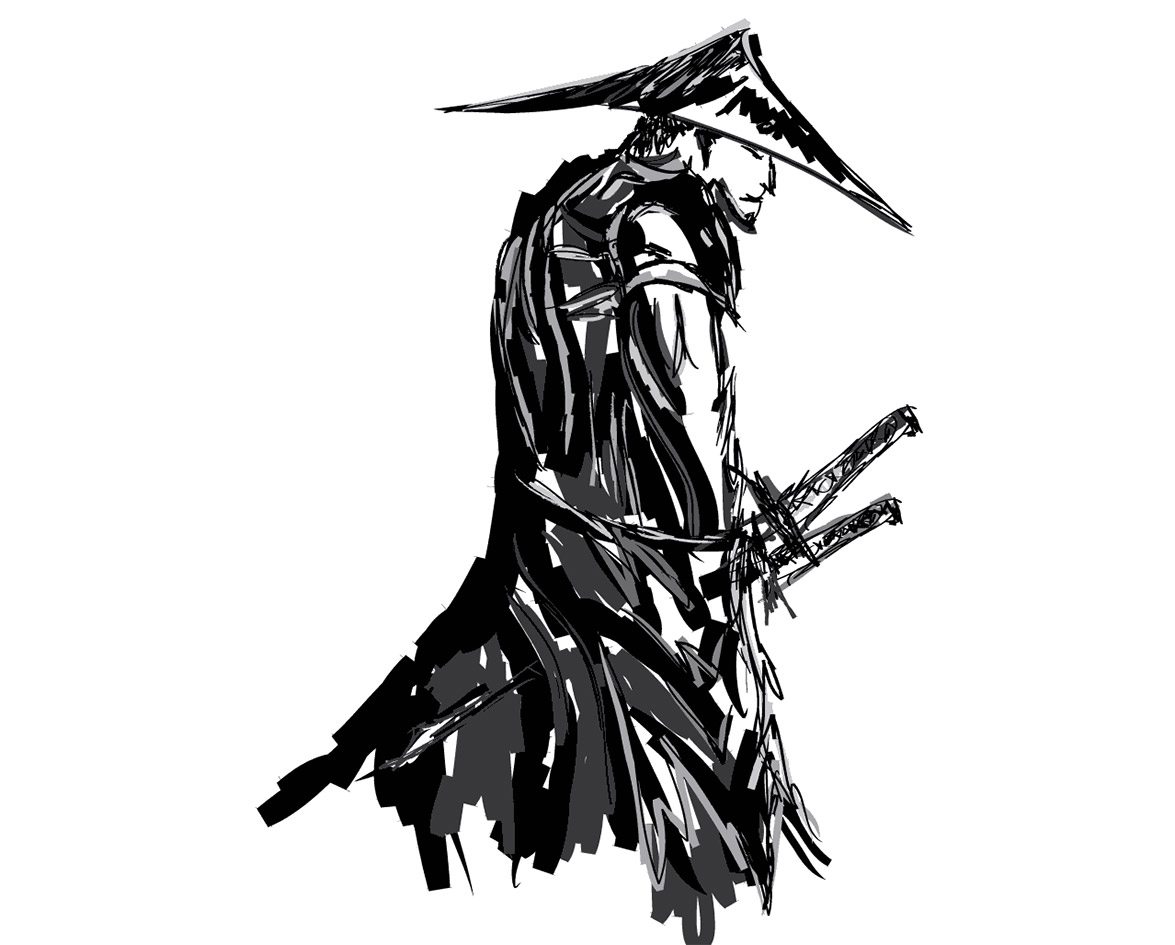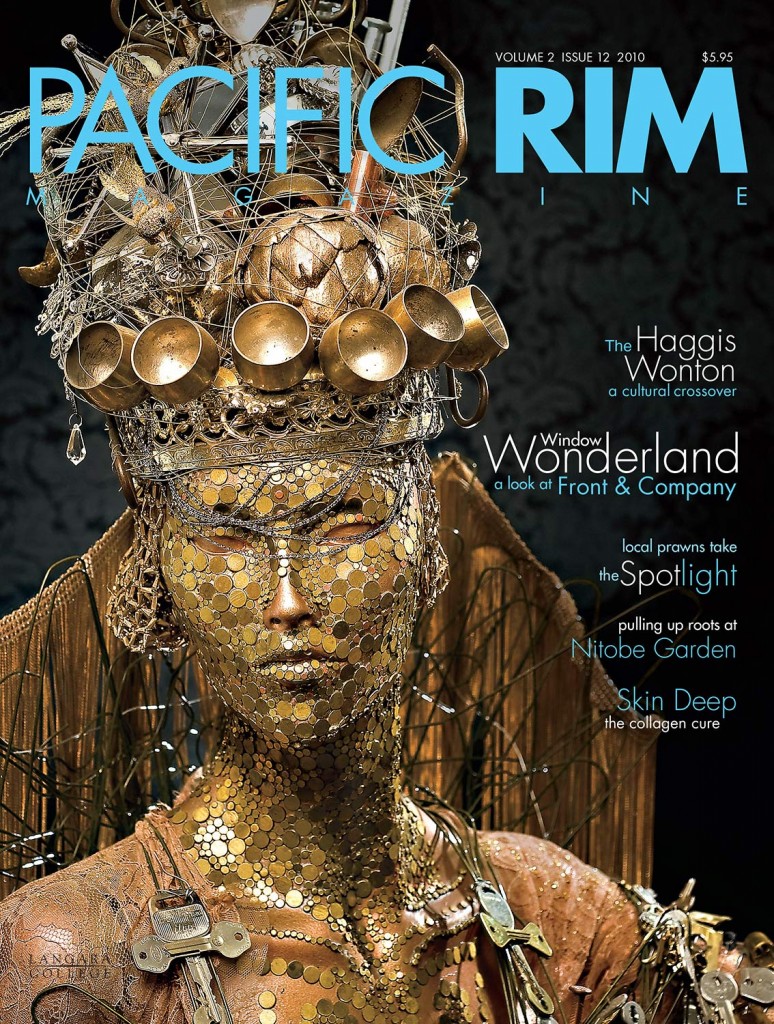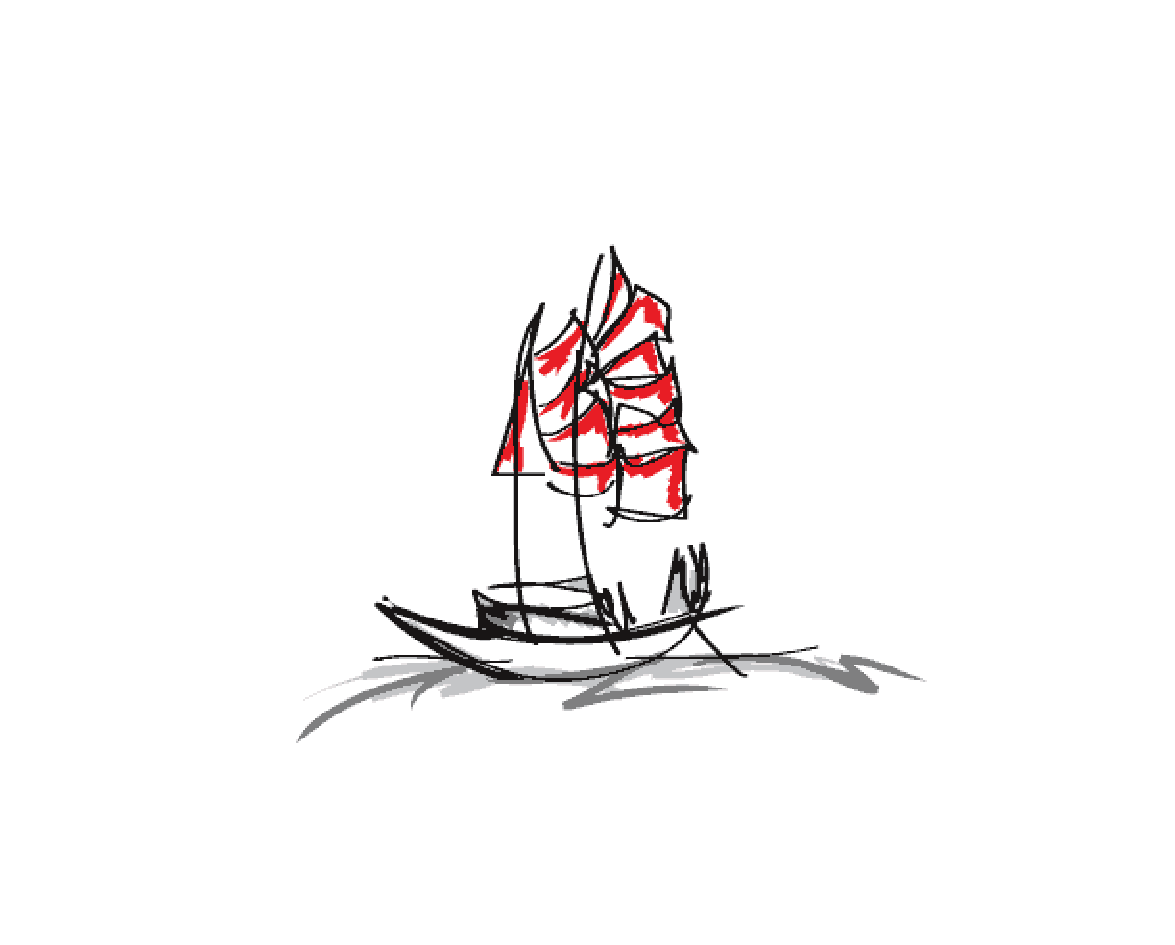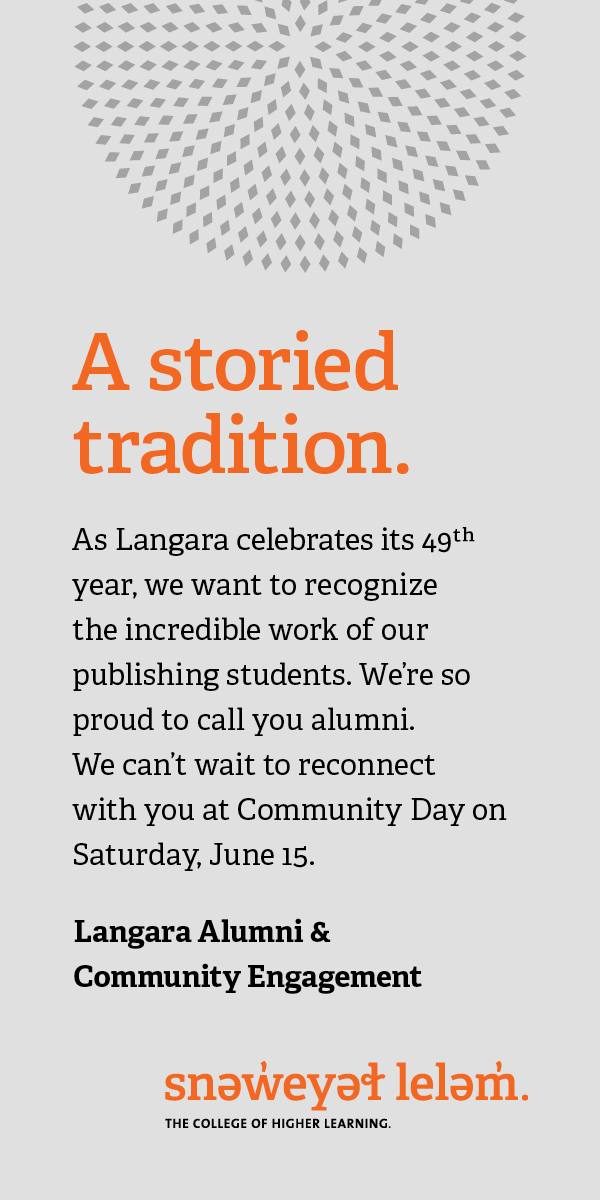The samurai were members of Japan’s military class. Their belief structure and culture were based on the ethical code of bushido, “the way of the warrior,” advocating obedience in all deeds and unquestioning loyalty to the master at all costs. They valued honour above life, as well as self-disciplined, respectful and ethical behaviour.
The samurai class is thought to have developed from Japanese clans, originally formed by farmers who had taken up arms to protect themselves from the imperial magistrates sent to govern their lands and collect taxes. These clans formed alliances to protect themselves against more powerful clans and flourished in the mid-Heian period (794 AD to 1185 AD). By the end of the 12th century, samurai became almost entirely synonymous with bushido.
The samurai were expert with many weapons, but their most famous weapon, and a symbol of who they were, was the katana, or samurai sword. A samurai believed his katana held his soul, so it never left his side. This dedication to the sword, as well as to the bushido ethical code, included the act of seppuku, a ritual suicide that ensured samurai would die with honour rather than fall into enemy hands. Seppuku was also used as a form of capital punishment for samurai who committed serious offenses.
Although the way of the warrior was considered barbaric by some, it had a spiritual side. Samurais were greatly influenced by the philosophies of Buddhism and, to a lesser extent, Confucianism and Shintoism. They practiced Zen meditation as a way to calm their minds. The Buddhist concept of reincarnation and rebirth led some samurai to abandon torture and needless killing.
By the late 1800s, the samurai class started to disintegrate due to radical political changes in Japan that pressed for their abolition. Although they may have disappeared, the legend of the samurai and their self-discipline, honour and respect lives on.











